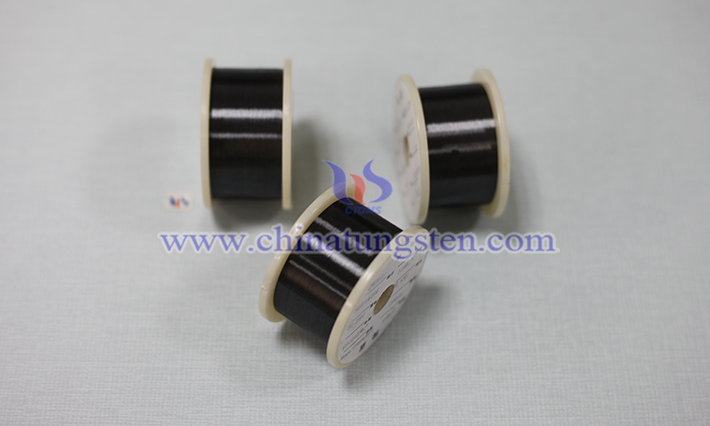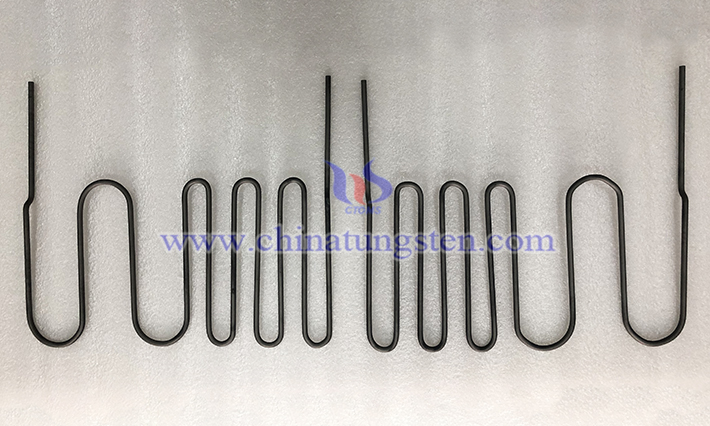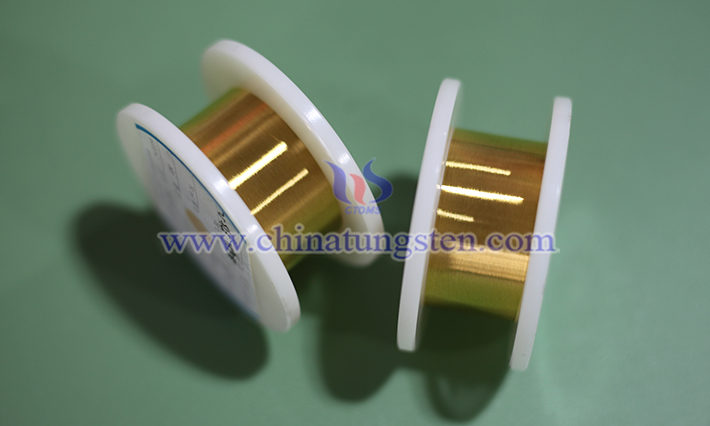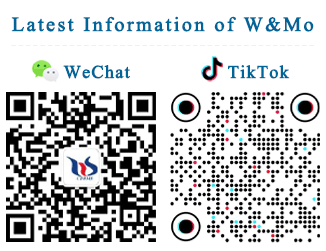What Are the Characteristics of Tungsten Wire?
- Details
- Category: Tungsten Information
- Published on Friday, 21 February 2025 18:51
Tungsten wire, as an important industrial material, is widely used in lighting, electronics, medical, aerospace, and other fields due to its unique physical and chemical properties. The following are the main characteristics of tungsten wire, comprehensively demonstrating its advantages in various high-demand scenarios.

1. High Melting Point
Tungsten has a melting point of 3410°C, one of the highest among all metals. This property enables tungsten wire to remain stable in extreme high-temperature environments without melting or deforming, making it ideal for high-temperature applications such as filaments in incandescent light bulbs.
2. High Density
Tungsten has a density of 19.25 g/cm³, classifying it as one of the high-density materials. Tungsten wire has significant advantages in applications requiring counterweights or high-density characteristics, such as radiation shielding materials and sports equipment.
3. High Strength and Hardness
Tungsten wire exhibits high tensile strength and hardness, maintaining good mechanical properties even under high-temperature conditions. This makes tungsten wire excel in scenarios requiring wear resistance or high strength, such as in the manufacture of high-strength fibers or cutting tools.

4. Good Electrical and Thermal Conductivity
Tungsten wire is an excellent electrical and thermal conductor, suitable for applications requiring efficient current or heat conduction. In electronic devices, tungsten wire is commonly used to manufacture electrothermal elements, such as heating wires and resistors, as well as electron guns in electron beam equipment.
5. Low Coefficient of Thermal Expansion
Tungsten wire has a low coefficient of thermal expansion, meaning it undergoes minimal dimensional changes with temperature variations. This property contributes to improving device stability and reducing thermal stress caused by temperature changes, making it suitable for the manufacture of precision instruments and equipment.
6. Corrosion Resistance and High-Temperature Oxidation Resistance
Tungsten wire exhibits good corrosion resistance to most chemicals, particularly forming a protective oxide layer at high temperatures to maintain its chemical stability. This makes tungsten wire have broad application prospects in the chemical industry, aerospace, and medical fields.

7. Good Ductility
Tungsten wire can be drawn and cold-worked into extremely fine wires with diameters reaching a few micrometers. This property makes tungsten wire suitable for applications requiring fine structures, such as microelectronic devices and optical fiber communications.
8. Good Creep Resistance
Tungsten wire has a low creep rate at high temperatures, meaning it can maintain stable performance in long-term high-temperature operating environments. This property is crucial for ensuring the long-term reliability of equipment at high temperatures.
9. Biocompatibility
Tungsten wire is harmless to human tissue and has good biocompatibility. Therefore, in the medical field, tungsten wire is used to manufacture medical devices and implants, such as targets in X-ray tubes and CT scanning equipment.
10. Low Vapor Pressure
Tungsten wire has a low vapor pressure at high temperatures, with a slow evaporation rate, which helps extend its service life, especially in high-temperature vacuum environments.
- Chinatungsten Online: www.tungsten.com.cn
- CTIA GROUP LTD: en.ctia.group
- Tungsten News & Price: www.ctia.com.cn
- Molybdenum News & Price: news.molybdenum.com.cn
- Tel.: 86 592 5129696; Email: sales@chinatungsten.com



 sales@chinatungsten.com
sales@chinatungsten.com